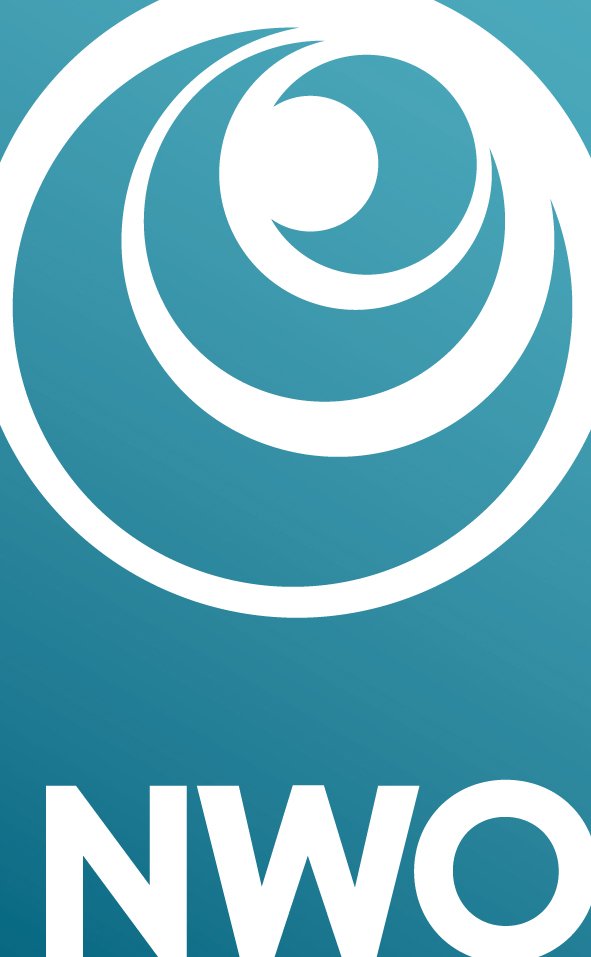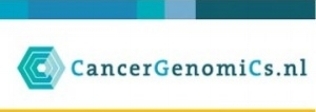 The decision not to provide a drug on the NHS can have a devastating impact on patients and their families, and often causes a negative public reaction. However, therapies are getting increasingly expensive (particularly cancer therapies) and NHS has a very limited budget. As a result, in spite of the impact on patients and public opinion, 36% of cancer drugs evaluated since the start of 2014 (see pie chart) have been rejected, usually on the basis of cost.Whether a drug is made available or not on the NHS is decided by the National Institute for Health and Care Excellence (NICE). This is an independent body that looks at the efficacy and cost-effectiveness of any new therapies, and makes recommendations based on their findings. In Scotland, there is a separate organisation (the Scottish Medicines Consortium) that makes the decision.The main metric that NICE uses to make these decisions is the Quality Adjusted Life Year (QALY). This takes into account the quantity AND quality of extra life given to the patient by a particular chemotherapy. So if a drug gives a patient an extra year of perfect health, it is given a QALY of 1.0. If the extra year is not in full health, it is given a value below 1 to account for this. For example, if a new treatment allows a patient to live for 2 additional years compared to the old treatment, but only with a quality of life weight of 0.6 (perhaps the patient is in severe pain as a result), then the treatment gives 2 * 0.6 = 1.2 QALYs to the patient.NICE has set guidelines on how much it can pay per QALY gained. That price is around £30,000, but can rise to £50,000 in some rare circumstances. Now compare that figure with the table below showing NICE recommendations on cancer drugs since the start of last year, and you can begin to see why it has had problems with some cancer therapies, with many drugs estimated to cost over the £30,000 threshold.
The decision not to provide a drug on the NHS can have a devastating impact on patients and their families, and often causes a negative public reaction. However, therapies are getting increasingly expensive (particularly cancer therapies) and NHS has a very limited budget. As a result, in spite of the impact on patients and public opinion, 36% of cancer drugs evaluated since the start of 2014 (see pie chart) have been rejected, usually on the basis of cost.Whether a drug is made available or not on the NHS is decided by the National Institute for Health and Care Excellence (NICE). This is an independent body that looks at the efficacy and cost-effectiveness of any new therapies, and makes recommendations based on their findings. In Scotland, there is a separate organisation (the Scottish Medicines Consortium) that makes the decision.The main metric that NICE uses to make these decisions is the Quality Adjusted Life Year (QALY). This takes into account the quantity AND quality of extra life given to the patient by a particular chemotherapy. So if a drug gives a patient an extra year of perfect health, it is given a QALY of 1.0. If the extra year is not in full health, it is given a value below 1 to account for this. For example, if a new treatment allows a patient to live for 2 additional years compared to the old treatment, but only with a quality of life weight of 0.6 (perhaps the patient is in severe pain as a result), then the treatment gives 2 * 0.6 = 1.2 QALYs to the patient.NICE has set guidelines on how much it can pay per QALY gained. That price is around £30,000, but can rise to £50,000 in some rare circumstances. Now compare that figure with the table below showing NICE recommendations on cancer drugs since the start of last year, and you can begin to see why it has had problems with some cancer therapies, with many drugs estimated to cost over the £30,000 threshold.
| Drug | Recommendation | Cost per QALY* | |
| Pixantrone | Optimised¶ | £22,000 | Link |
| Aflibercept1 | Not Recommended | £44,000 | Link |
| Pemetrexed | Not Recommended | £74,500 | Link |
| Afatinib | Recommended | £11,000 | Link |
| Bortezomib2 | Recommended | £17,800 – £39,600 | Link |
| Enzalutamide | Recommended | £22,600 | Link |
| Ipilimumab | Recommended | £28,600 | Link |
| Dabrafenib | Recommended | £11,000 | Link |
| Imatinib | Recommended | £16,700 - £30,000 | Link |
| Sipuleucel-T | Not Recommended | £48,700 - £512,000 | Link |
| Axitinib | Recommended | £33,500 | Link |
| Pomalidomide3 | Not Recommended | £50,000 - £70,000 | Link |
*depending on treatment ¶Recommended for a smaller group than applied for 1Aflibercept in combination with irinotecan and fluorouracil-based therapy 2Bortezomib in combination with dexamethasone, or with dexamethasone and thalidomide 3Pomalidomide in combination with dexamethasoneThis problem has been partially addressed by the creation in 2010 of the Cancer Drugs Fund, which provides funding for treatments that NICE haven’t judged on yet, or has deemed too expensive. This fund is due to finish in March 2016, but for the time being it provides an additional £340 million per year to pay for cancer drugs. The UK government have yet to comment on the long-term prospects of this fund.It must also be pointed out that this is not a problem with cancer drugs specifically. Many other diseases are facing the same problems. The cystic fibrosis drug Ivacaftor, for example, has had the same issues after it was priced as one of the world’s most expensive medicines (between £335,000 and £1,274,000 per QALY). Despite the cost, this drug is being used for a small number of patients in the UK. There was an extremely good article about the ethical concerns the over pricing of this drug in the British Medical Journal last year that I would encourage everyone to read it (available here for those with access, and by e-mailing us via the contact page on this site for those without).This all brings up another issue: are pharmaceutical companies over-charging for their treatments? According to a 2014 report, the cost of developing a new drug is now $2.6 billion (£1.7 billion), and takes over 10 years. The pharmaceutical companies argue that they have to make their drugs expensive in order to recoup their costs, and this is a valid point. This statement is slightly dented however, by the fact that the industry spends more on marketing than on research, a point well made by John Oliver in his show Last Week Tonight (below). Add to this the fact that the pharmaceutical industry makes a higher profit margin than any other industry, and the pricing of these drugs begins to look unreasonable. This issue is beyond the scope of this blog but you can find more information in this excellent BBC article.It is said that we are beginning the era of “personalised medicine”. Each person will receive a specific treatment for their cancer depending on the genetics of their disease. While this will mean more effective treatment of the disease, it also means that fewer patients will be getting any one drug. Cancer drugs will be used on smaller and smaller subgroups of people, which is likely to increase their price, as the cost of drug development is unlikely to drop. This raises difficult questions for an already struggling NHS. In a time of increasing drug prices and increasing cancer incidence, the challenge of funding these therapies will be a pressing issue for years to come.
[embed]https://www.youtube.com/watch?v=YQZ2UeOTO3I[/embed]



